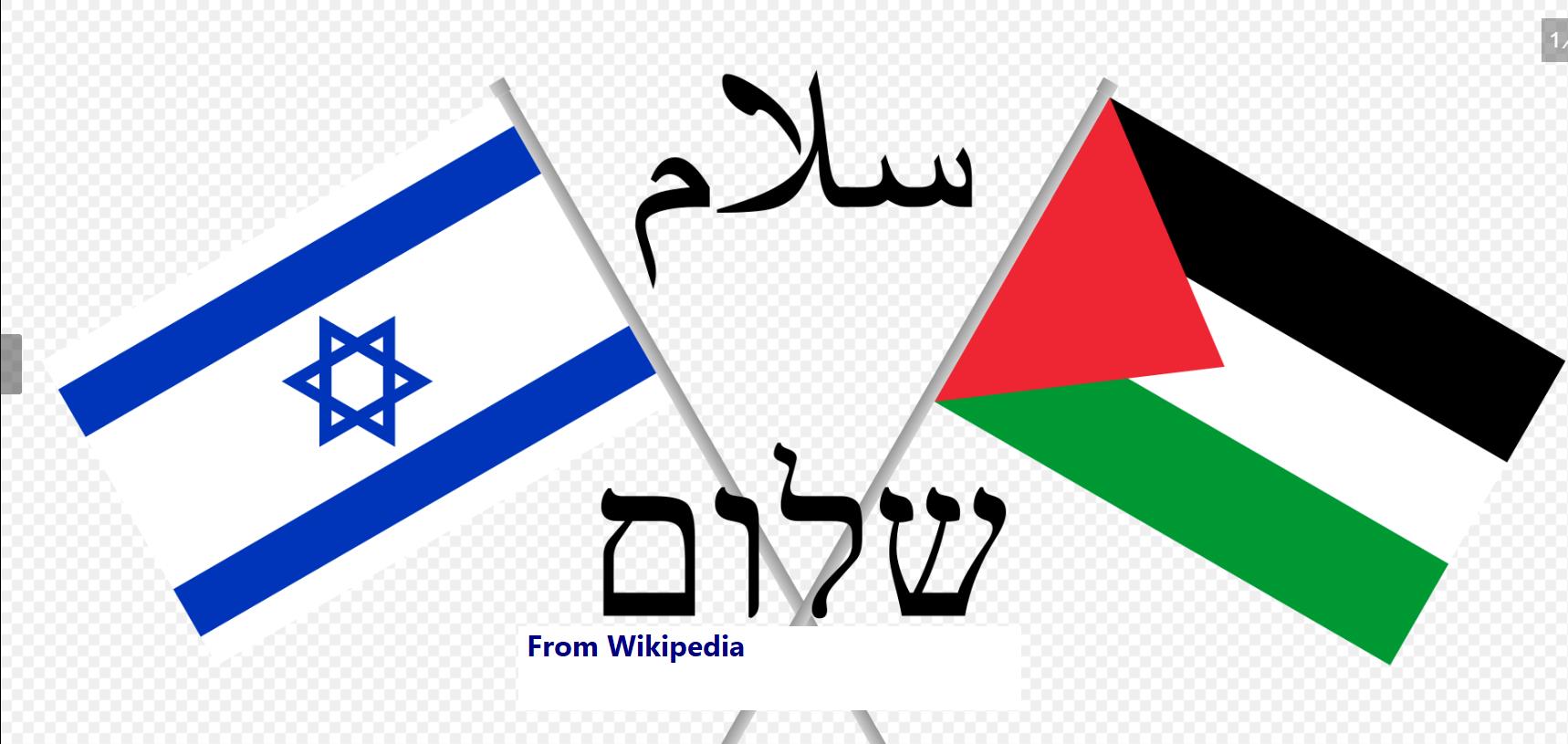“Proposal for a Gaza-West Bank Territorial Exchange as a Two-State Solution”
Proposal for a Gaza-West Bank Territorial Exchange as a Two-State Solution
I. Introduction
The Israeli-Palestinian conflict has persisted for decades, with repeated cycles of violence and failed peace initiatives. A novel and practical solution could involve a territorial exchange: Israel takes full control of Gaza, while all Israeli settlers are withdrawn from the West Bank and part of Jerusalem, creating a sovereign Palestinian state. This proposal seeks to establish a sustainable peace through mutual compromise, third-party guarantees, and long-term reconciliation efforts.
II. Key Components of the Plan
1. Territorial Exchange
- Palestine (West Bank & East Jerusalem): Israel fully withdraws from the entire West Bank and parts of East Jerusalem, allowing it to form the core of a Palestinian state.
- Israel (Gaza Strip): Gaza is incorporated into Israel, with its residents relocated to the newly established Palestine in the West Bank.
2. Israeli Settler Relocation & Compensation
- All Israeli settlers in the West Bank would be relocated either to Israel proper or to Gaza, with financial and logistical support.
- Compensation packages would be funded by Israel, the U.S., Arab states, the EU, and other international donors to help settlers restart their lives.
3. Palestinian Refugee Resettlement & Economic Development
- Gazan refugees and residents would be relocated to the West Bank and East Jerusalem, where they would receive housing, infrastructure, and job opportunities.
- International investment would focus on turning the West Bank into a thriving economic hub with major infrastructure projects, industrial zones, and trade access.
4. Security Guarantees & International Peacekeepers
- Peacekeeping forces (NOT UN but U.S. and its allies) would be stationed at new borders to prevent future conflicts.
- Mutual non-aggression treaties would be signed between Israel and Palestine, with security guarantees backed by the U.S., EU, Arab League, and other stakeholders.
- Joint security cooperation would be established to prevent terrorism and maintain stability.
5. Recognition & Normalization
- Israel and Palestine would formally recognize each other as sovereign states.
- Arab nations and Israel would normalize relations, with Palestine receiving full diplomatic status at the UN and other international bodies.
- Economic and trade agreements would be established to encourage collaboration between the two states.
III. Implementation Strategy
1. Negotiation & Diplomatic Framework
- Mediation by the U.S., EU, Arab League, and key global powers to secure agreements from both sides.
- Involvement of moderate voices from both Israel and Palestine to counter hardliners and gain public support.
2. Gradual & Staged Relocation
- Israeli settlers and Palestinian refugees would be relocated in phases to prevent economic and humanitarian crises.
- Temporary international aid programs would ensure smooth transitions.
3. Economic Incentives & Development Projects
- Marshall Plan-style investment to rebuild and modernize Palestine’s infrastructure.
- Special economic zones and joint industrial projects between Israel and Palestine to encourage long-term cooperation.
4. Public Engagement & Trust-Building
- Intercommunity interactions and exchange programs to foster mutual understanding.
- Education and media reforms to reduce propaganda and historical grievances.
- Cultural cooperation initiatives to promote shared heritage and peace narratives.
IV. Expected Challenges & Countermeasures
1. Resistance from Hardliners
- Requires strong leadership and international backing to overcome extremist opposition.
- Diplomatic pressure and incentives for both Israeli and Palestinian leaders to commit to the process.
2. Security & Stability Risks
- Strong border control and intelligence cooperation between Israel and Palestine.
- Third-party peacekeepers and rapid response mechanisms to prevent conflicts.
3. Economic Transition Difficulties
- International donors must commit long-term financial aid to support displaced communities.
- Job creation programs for both Palestinians and relocated Israelis.
V. Conclusion: A Path Toward Lasting Peace
This territorial exchange proposal offers a fair, practical, and long-lasting solution that benefits all stakeholders. While significant challenges exist, the potential rewards—peace, security, economic growth, and mutual trust—far outweigh the risks. If implemented with strong international support and genuine commitment from both sides, this plan could end decades of conflict and create a new era of cooperation in the Middle East and beyond.





